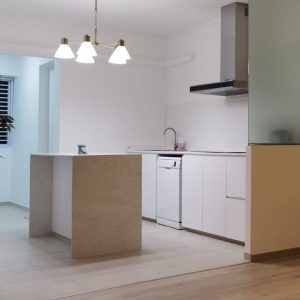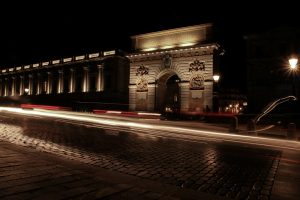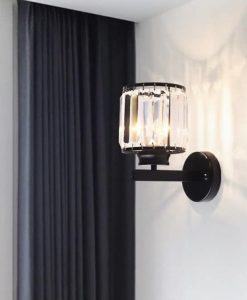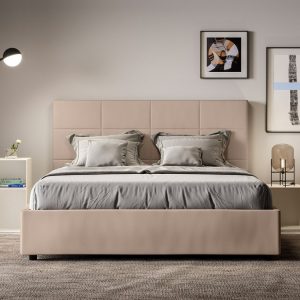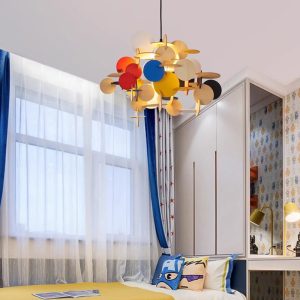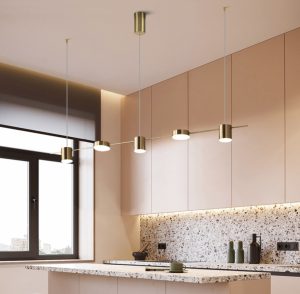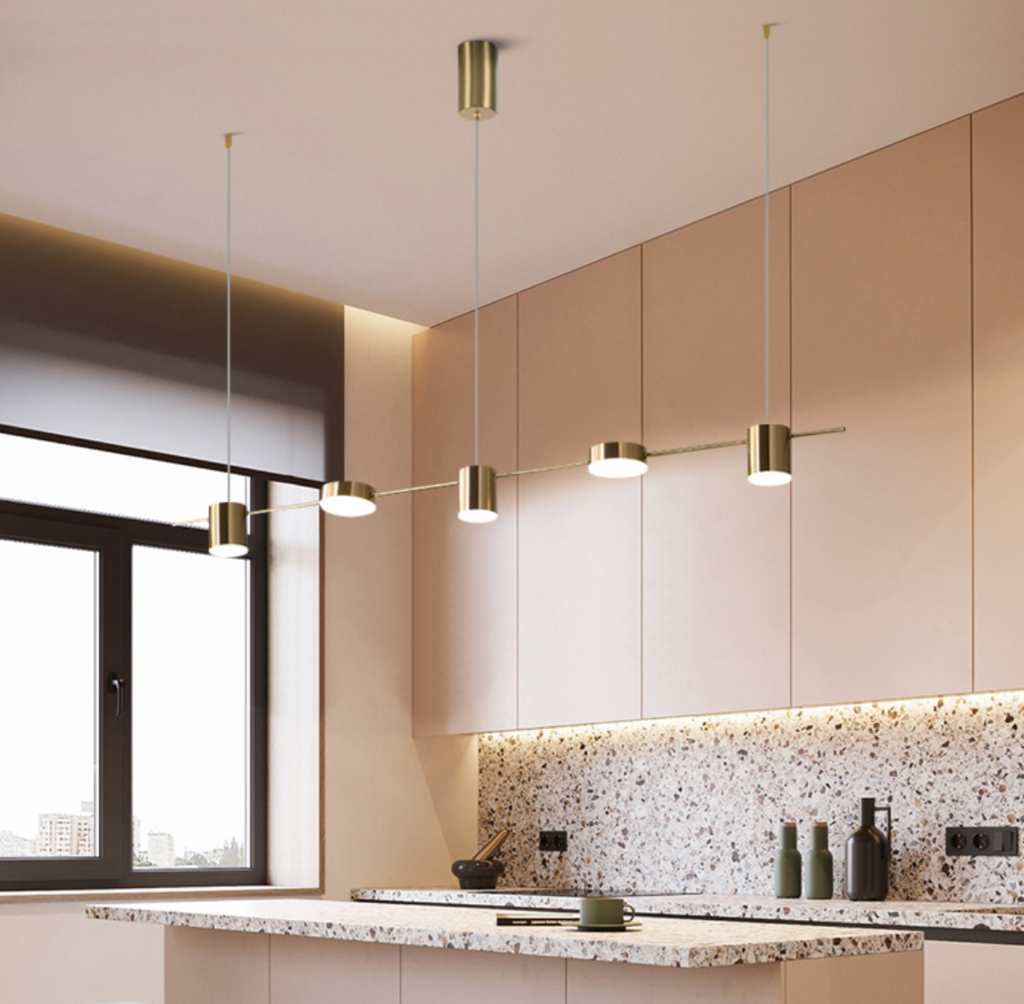
Outdoor LED lights have become increasingly popular in recent years due to their energy efficiency and numerous benefits over traditional lighting options. LED stands for Light Emitting Diode, which is a semiconductor device that emits light when an electric current passes through it. Unlike traditional incandescent or fluorescent bulbs, LED lights do not rely on a filament or gas to produce light, making them more durable and long-lasting.
One of the main benefits of using yigo outdoor LED lights is their energy efficiency. LED lights consume significantly less energy than traditional lighting options, resulting in lower electricity bills and reduced carbon emissions. Additionally, LED lights have a longer lifespan compared to incandescent or fluorescent bulbs, which means less frequent replacement and maintenance.
Benefits of Using Outdoor LED Lights
a) Energy efficiency and cost savings: As mentioned earlier, outdoor LED lights are highly energy-efficient, consuming up to 80% less energy than traditional lighting options. This translates to significant cost savings on electricity bills over time. LED lights also have a longer lifespan, lasting up to 25 times longer than incandescent bulbs, reducing the need for frequent replacements.
b) Long lifespan and durability: LED lights are known for their durability and long lifespan. They are built with solid-state technology, making them resistant to shock, vibrations, and extreme temperatures. This makes them ideal for outdoor use where they are exposed to various weather conditions.
c) Improved visibility and safety: Outdoor LED lights provide bright and focused illumination, improving visibility and safety in outdoor spaces. Whether it’s illuminating pathways, driveways, or parking lots, LED lights ensure that these areas are well-lit and easily navigable, reducing the risk of accidents or falls.
d) Versatility in design and functionality: LED lights come in a wide range of designs and styles, allowing for versatility in both aesthetics and functionality. Whether you’re looking for floodlights to highlight architectural features, pathway lights to illuminate walkways, or wall-mounted lights for added security, there is an LED lighting option to suit every outdoor space.
Types of Outdoor LED Lights Available
a) Floodlights: Floodlights are powerful outdoor LED lights that provide broad and intense illumination over a large area. They are commonly used to highlight architectural features, illuminate sports fields, or enhance security by illuminating large outdoor spaces.
b) Pathway lights: Pathway lights are designed to illuminate walkways, driveways, and garden paths. They come in various styles and designs, including stake lights, bollard lights, and lantern-style lights. Pathway lights not only provide safety and visibility but also add a decorative element to outdoor spaces.
c) Wall-mounted lights: Wall-mounted LED lights are commonly used for security purposes, as they can be installed near entrances, garages, or other vulnerable areas. They provide focused illumination and can be equipped with motion sensors for added convenience and energy efficiency.
d) String lights: String lights are a popular choice for creating ambiance and mood in outdoor spaces. They can be hung across patios, pergolas, or trees to add a warm and inviting glow. LED string lights are energy-efficient and long-lasting, making them a great option for outdoor lighting.
e) Solar-powered lights: Solar-powered LED lights are an eco-friendly option that harnesses the power of the sun to generate electricity. These lights have built-in solar panels that charge during the day and automatically turn on at night. Solar-powered outdoor LED lights are easy to install and require no wiring or electricity.
Factors to Consider When Choosing Outdoor LED Lights
a) Brightness and color temperature: When choosing outdoor LED lights, it’s important to consider the brightness and color temperature. Brightness is measured in lumens, with higher lumens indicating a brighter light output. Color temperature refers to the color appearance of the light, ranging from warm white to cool white. Consider the desired level of brightness and the ambiance you want to create in your outdoor space.
b) Wattage and lumens: LED lights are available in different wattages and lumens, which determine their energy consumption and light output. Higher wattage and lumens generally result in brighter lights but also consume more energy. Consider the specific lighting needs of your outdoor space and choose LED lights that provide the right balance between brightness and energy efficiency.
c) Weather resistance and durability: Since outdoor LED lights are exposed to various weather conditions, it’s important to choose lights that are weather-resistant and durable. Look for lights with an IP (Ingress Protection) rating, which indicates their level of protection against dust and water. Higher IP ratings indicate better weather resistance.
d) Design and style: Outdoor LED lights come in a wide range of designs and styles, allowing you to choose lights that complement your outdoor decor. Consider the overall aesthetic of your outdoor space and choose lights that enhance its visual appeal.
e) Cost and energy efficiency: While LED lights may have a higher upfront cost compared to traditional lighting options, they offer long-term cost savings due to their energy efficiency and longer lifespan. Consider the overall cost-effectiveness of LED lights in terms of energy savings and reduced maintenance.
How to Install Outdoor LED Lights
a) Planning and preparation: Before installing outdoor LED lights, it’s important to plan and prepare the installation process. Determine the specific areas where you want to install the lights and create a lighting layout. Measure the distance between light fixtures, taking into account any electrical wiring or power sources.
b) Wiring and electrical considerations: If you’re installing wired outdoor LED lights, ensure that you have access to an electrical power source. Consult a licensed electrician if necessary to ensure proper wiring and electrical connections. Follow all safety guidelines and local building codes when working with electricity.
c) Mounting and placement: Once the wiring is in place, mount the LED lights according to the manufacturer’s instructions. Ensure that the lights are securely attached to the mounting surface and positioned at the desired angle or height. Consider factors such as light direction, coverage area, and potential obstructions.
d) Testing and troubleshooting: After installation, test the LED lights to ensure they are functioning properly. Check for any flickering, dimming, or other issues. Troubleshoot any problems by checking the wiring connections, power source, or light fixtures themselves. Make any necessary adjustments or repairs before finalizing the installation.
Maintenance and Care for Outdoor LED Lights

a) Cleaning and upkeep: Outdoor LED lights require regular cleaning and upkeep to maintain their performance and appearance. Remove any dirt, dust, or debris from the light fixtures using a soft cloth or brush. Avoid using harsh chemicals or abrasive materials that could damage the lights.
b) Replacement of bulbs and parts: LED lights have a long lifespan, but eventually, the bulbs may need to be replaced. Follow the manufacturer’s instructions for replacing bulbs or other parts. Ensure that you use compatible replacement bulbs to maintain optimal performance.
c) Troubleshooting common issues: If you encounter any issues with your outdoor LED lights, such as flickering or dimming, there are several troubleshooting steps you can take. Check the wiring connections, power source, or light fixtures for any loose connections or damage. Consult the manufacturer’s troubleshooting guide or contact customer support for further assistance.
Design Ideas for Outdoor LED Lights
a) Highlighting architectural features: Use outdoor LED lights to highlight architectural features of your home or outdoor structures. Install floodlights to illuminate a beautiful facade, wall-mounted lights to accentuate columns or pillars, or pathway lights to guide visitors towards a stunning entrance.
b) Creating ambiance and mood: LED string lights are a great way to create ambiance and set the mood in outdoor spaces. Hang them across a patio or pergola to create a warm and inviting atmosphere for entertaining or relaxing. Choose string lights with different colors or shapes to add a playful touch.
c) Illuminating pathways and walkways: Pathway lights are not only functional but also add a decorative element to outdoor spaces. Use them to illuminate pathways, driveways, or garden paths, creating a safe and visually appealing environment. Consider different styles and designs to match the overall aesthetic of your outdoor space.
d) Enhancing landscaping and outdoor decor: LED lights can be used to enhance landscaping features and outdoor decor. Install spotlights to highlight trees, shrubs, or sculptures, creating a dramatic effect. Use wall-mounted lights to illuminate outdoor artwork or signage. Consider different lighting techniques, such as uplighting or downlighting, to create depth and dimension.
How Outdoor LED Lights Can Enhance Security
a) Increased visibility and deterrence of intruders: Outdoor LED lights provide increased visibility in outdoor spaces, making it easier to detect potential intruders or suspicious activity. Well-lit areas are less attractive to criminals as they are more likely to be seen by others.
b) Motion sensor and smart technology options: Many outdoor LED lights come with motion sensor technology, which automatically turns on the lights when motion is detected. This not only saves energy but also acts as a deterrent for intruders. Some LED lights can also be integrated with smart home systems, allowing you to control and monitor your outdoor lighting remotely.
c) Integration with security systems: Outdoor LED lights can be integrated with existing security systems, such as cameras or alarms. This provides an additional layer of security by combining lighting with surveillance or alarm systems. Consult a professional security provider for advice on integrating your outdoor LED lights with your security system.
Environmental Impact of Outdoor LED Lights
a) Reduced energy consumption and carbon footprint: Outdoor LED lights are highly energy-efficient, consuming significantly less energy than traditional lighting options. This results in reduced electricity consumption and lower carbon emissions. By switching to LED lights, you can contribute to a more sustainable and environmentally friendly future.
b) Proper disposal and recycling of old bulbs: LED lights contain small amounts of hazardous materials, such as lead or mercury. It’s important to dispose of old bulbs properly to prevent environmental contamination. Check with your local recycling center or waste management facility for guidelines on recycling LED bulbs.
c) Comparison to traditional lighting options: When comparing outdoor LED lights to traditional lighting options, such as incandescent or fluorescent bulbs, LED lights have a much lower environmental impact. They consume less energy, have a longer lifespan, and do not contain harmful substances like mercury. LED lights also produce less heat, reducing the strain on cooling systems in indoor spaces.
Why You Should Switch to Energy-Efficient Outdoor LED Lights
In conclusion, outdoor LED lights offer numerous benefits and advantages over traditional lighting options. They are energy-efficient, cost-effective, and long-lasting. LED lights provide improved visibility and safety in outdoor spaces while offering versatility in design and functionality. With a wide range of options available, you can choose LED lights that suit your specific needs and enhance the aesthetics of your outdoor space.
By making the switch to energy-efficient outdoor LED lights, you can reduce your energy consumption, lower your carbon footprint, and contribute to a more sustainable future. Whether you’re looking to enhance security, create ambiance, or highlight architectural features, outdoor LED lights are a smart and eco-friendly choice. Invest in high-quality LED lights and follow proper installation and maintenance practices to ensure optimal performance and longevity.
